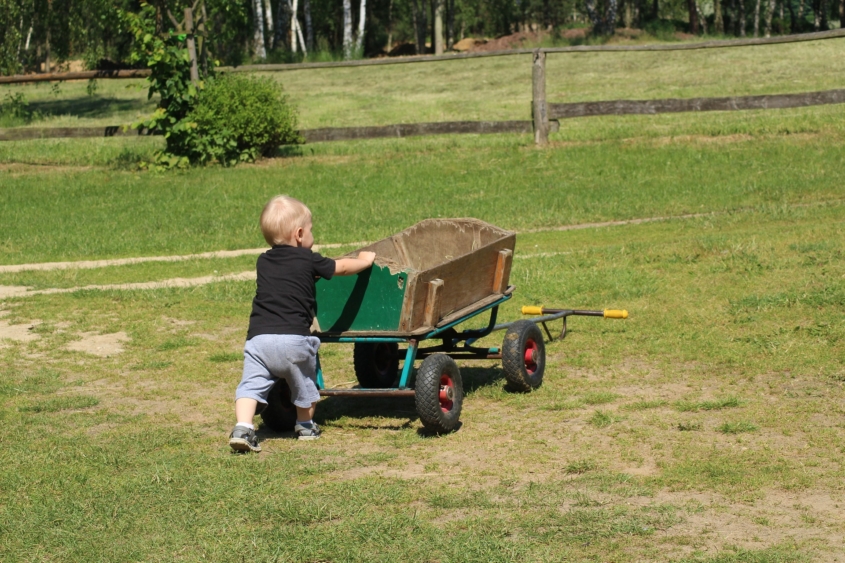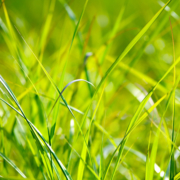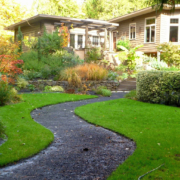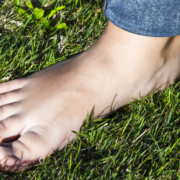Love Your Lawn Organically
In a waterwise landscape, there’s still a place for turf. You may not need as much, and you need to create the most efficient and organic maintenance plan possible to work turf into your design. The good news: lawns maintained organically and with efficient irrigation can offer a cool, practical surface for active recreation, or just a nice place to relax with your family.
Most lawns require too much water and energy. They become pollution sources from excess fertilizers and pesticide runoff. When lawns are limited to accessible, usable, high-functioning spaces like children’s play yards, sports fields, and picnicking areas, you can prevent this.
Love your lawn organically
Reconsider the concept of lawns. They should not be passive, wall-to-wall groundcover. You don’t need to maintain so much lawn if you won’t enjoy it for the above purposes.
As you decide how much grass to keep in your plan, follow these guidelines to maintain it organically.
- Top dress your lawn annually with one-eighth to one-quarter of compost.
- Aerate and de-thatch your lawn annually.
- Check and control irrigation overspray. Fix problems promptly.
- Maintain three to four inches of height on cool season grass, and 1.5 to two inches of height on warm season grass.
- Grass-cycle every time you mow.
- Don’t allow seed heads to form on the grass. Remove seeds that do form.
- Consider over-seeding with clover to help make the grass more interesting looking and more drought tolerant.
- Eliminate the use of chemicals such as pesticides on your grass.

If you decide to keep your grass areas, follow these guidelines to maintain it organically. Photo: Alicja/Creative Commons
What’s the difference between Cool Season Grass and Warm Season Grass?
Cool Season Grass:
- Needs more water than warm season grass and is considered a high use plant.
- Requires watering in hot summers to prevent it from going dormant and turning brown.
- Grows typically as bunch grasses and propagates by seed or weak stolons.
- Cool season grass is easily smothered by sheet mulching.
- Varieties include: Bent Grass (Agrostis), Fescue varieties (Festuca), Kentucky Bluegress (Poa pratensis), and Perennial Ryegrass (Lolium perenne).
Warm Season Grass:
- Uses a moderate amount of water.
- Thrives in daytime temperatures over 80 degrees. It will go dormant (brown) in winter months when it is cooler.
- Grows from sturdy rhizomes extending deep underground.
- Warm season grasses require physical removal and/or extensive sheet mulching (up to 12 inches).
- Varieties inclue: Bermuda Grass (Cynodon dactylan), Blue Grama (Bouteloua gracilis), Buffalo Grass (Buchloe actyloides), St. Augustine Grass (Stenotaphrum secundatum), Zoysia, and Seashore Paspalum.
This article is part of a year-long series inspired by the 71-page Sustainable Landscapes Program guidebook. The Water Authority and its partners also offer other great resources for landscaping upgrades, including free WaterSmart classes at WaterSmartSD.org.







